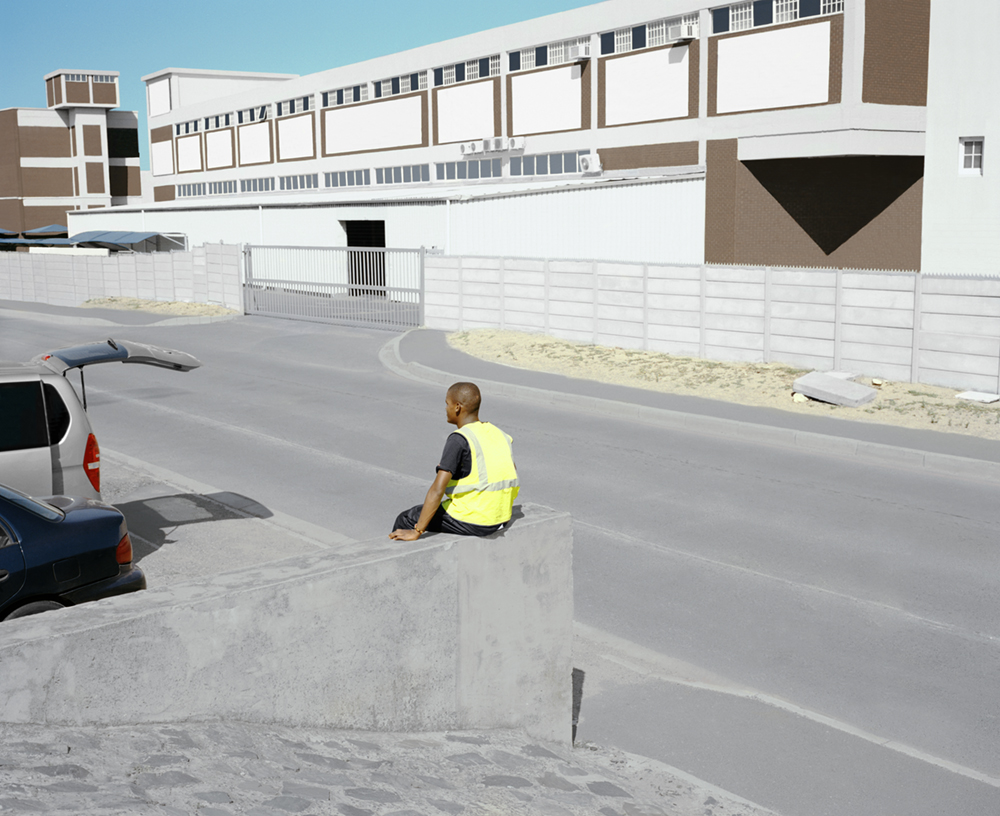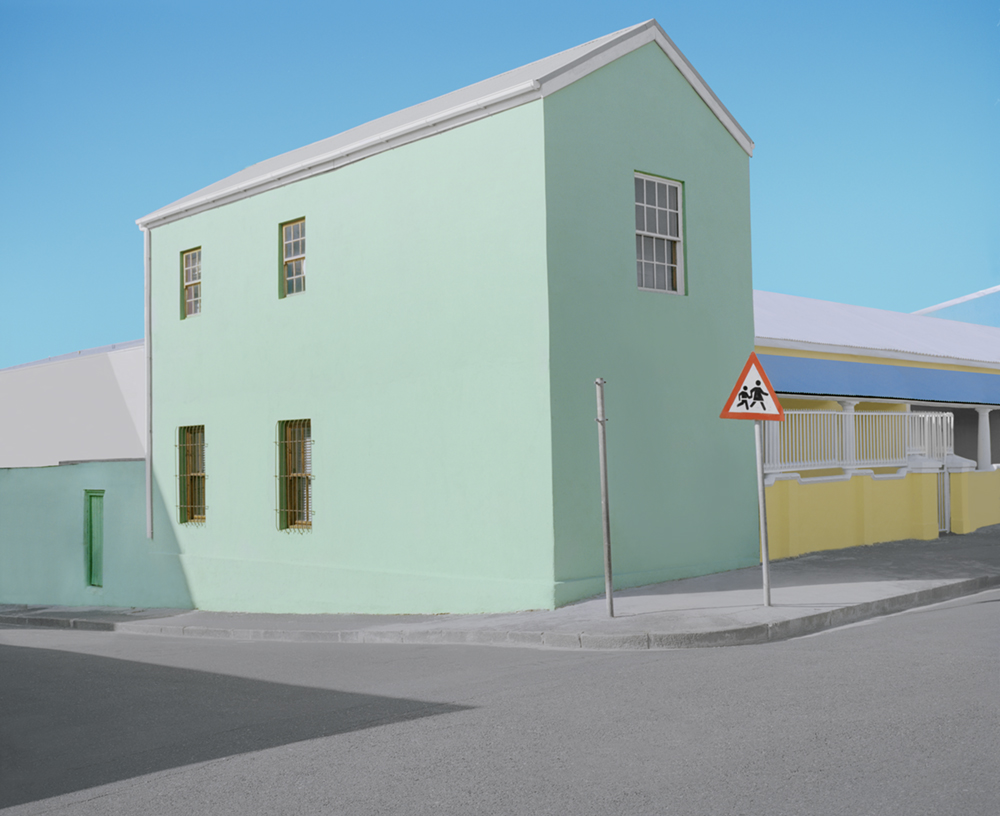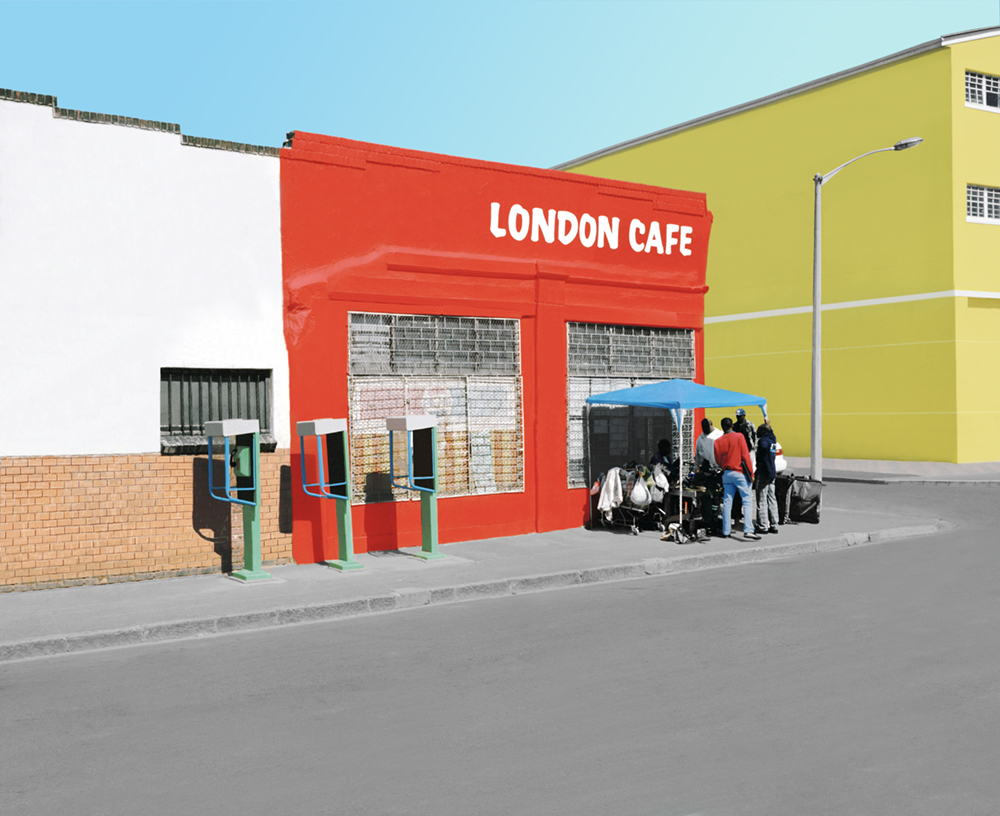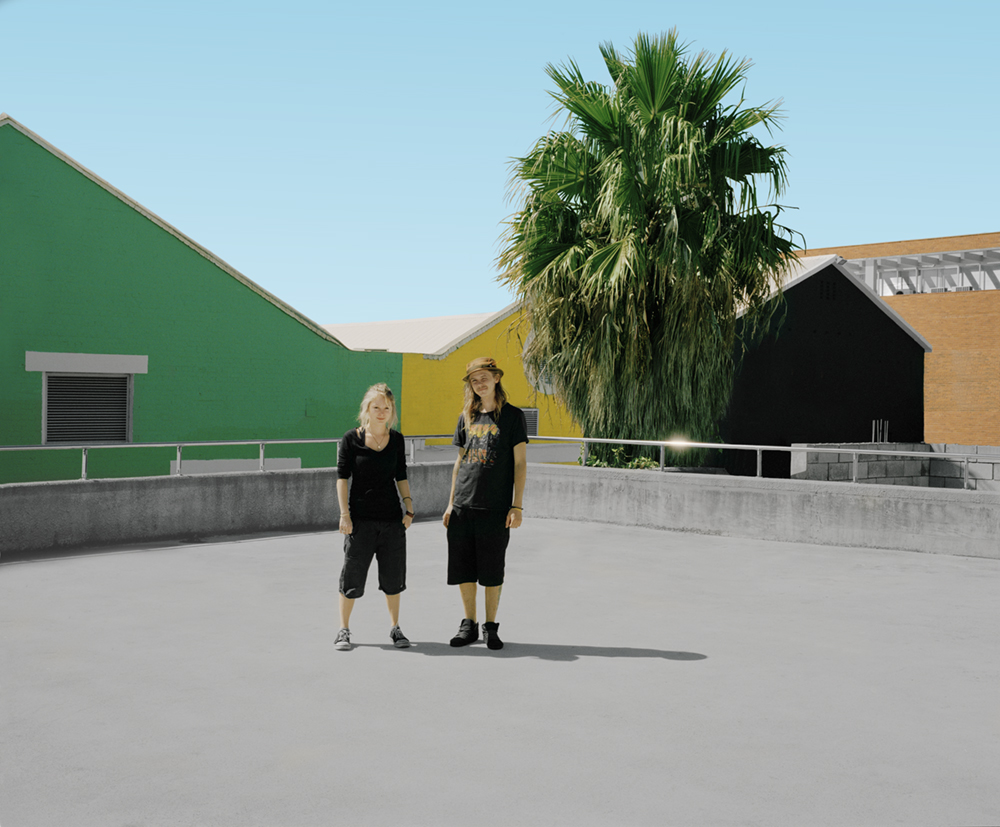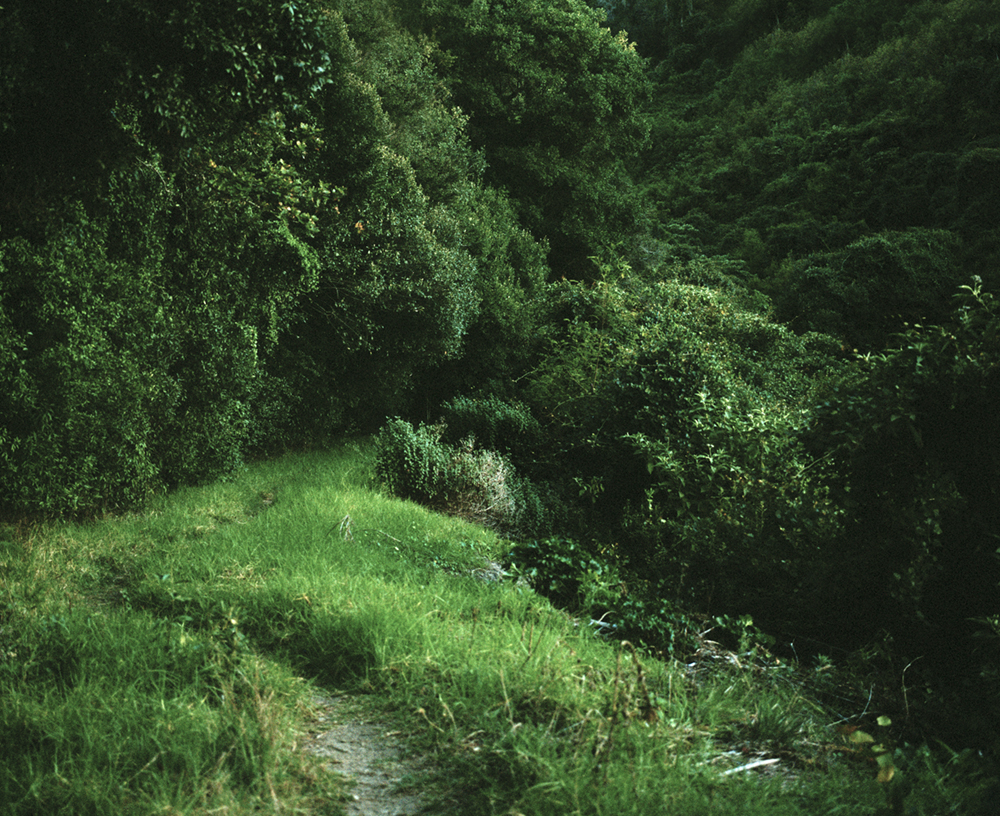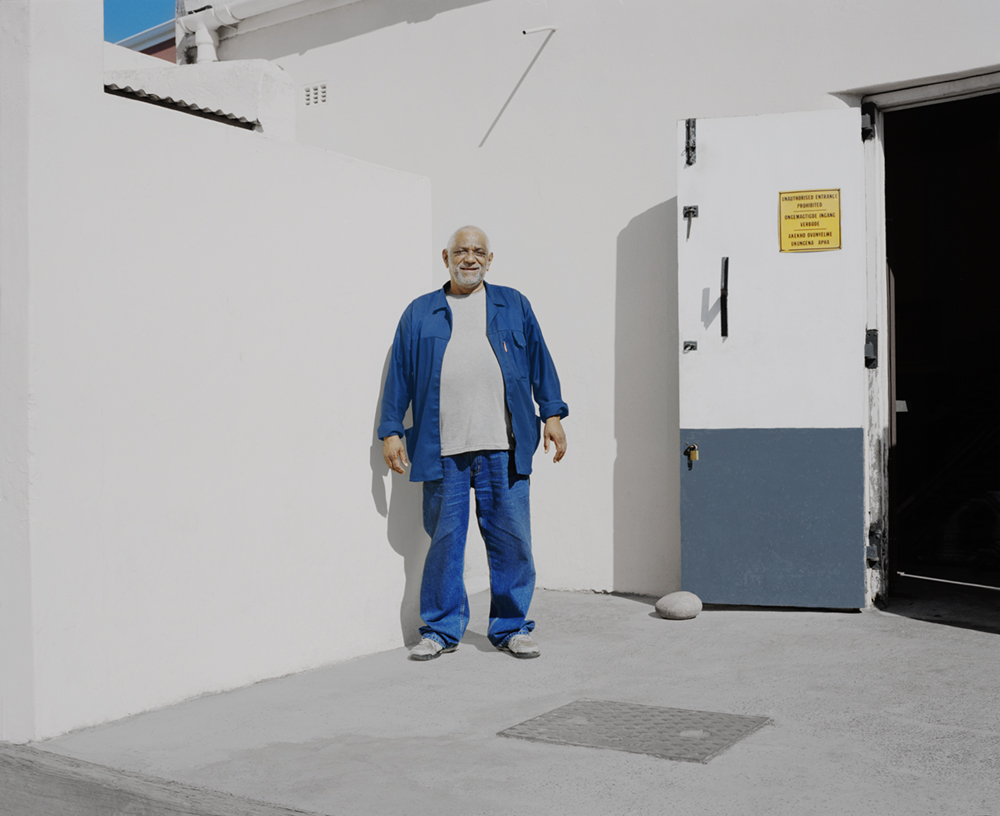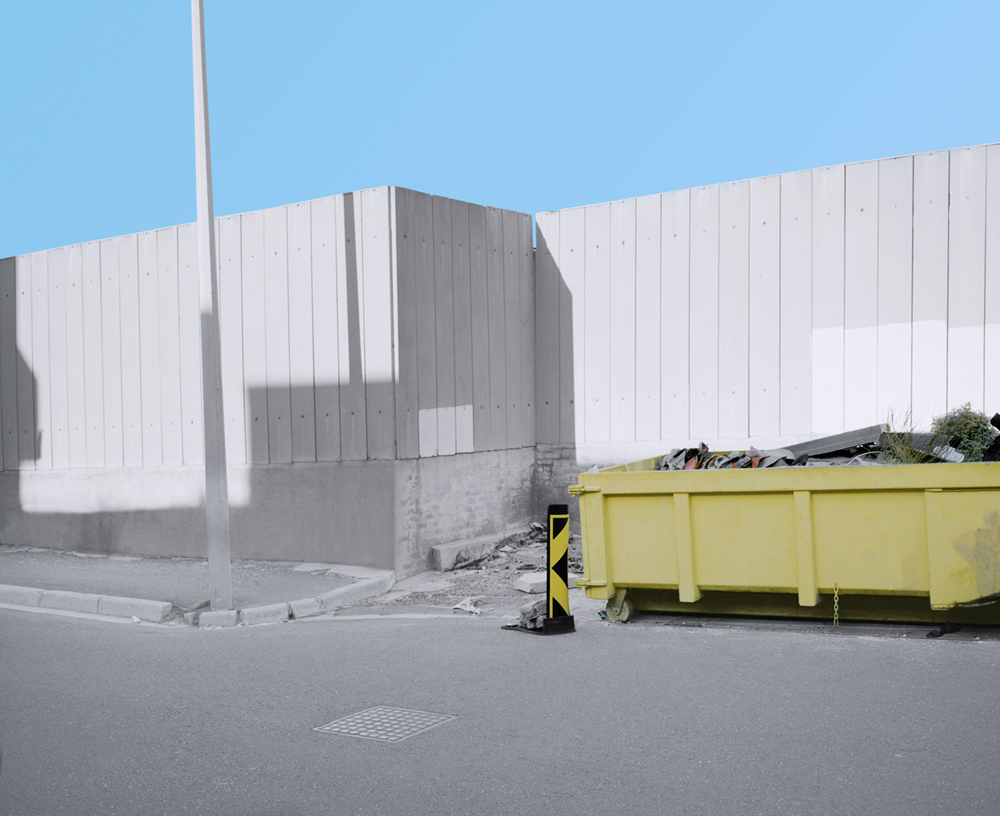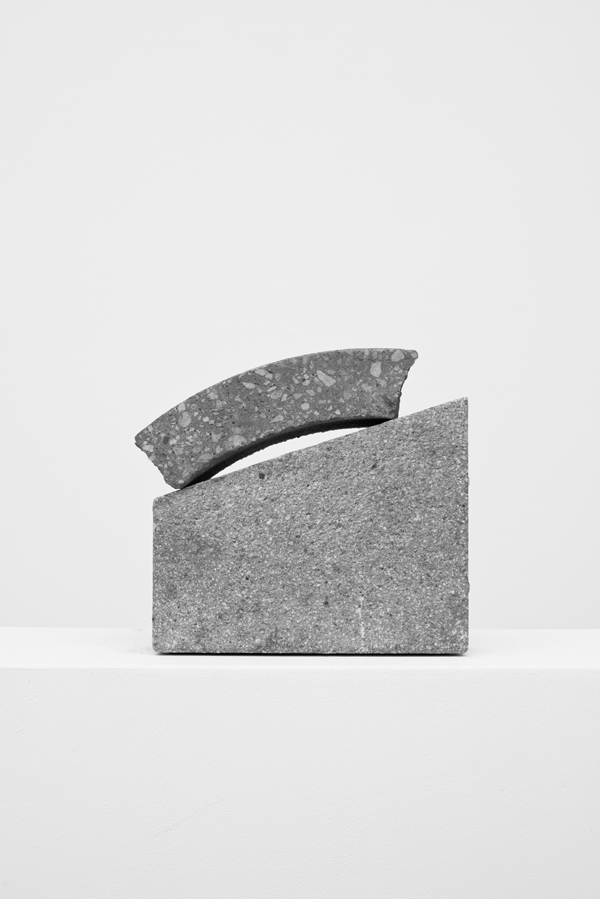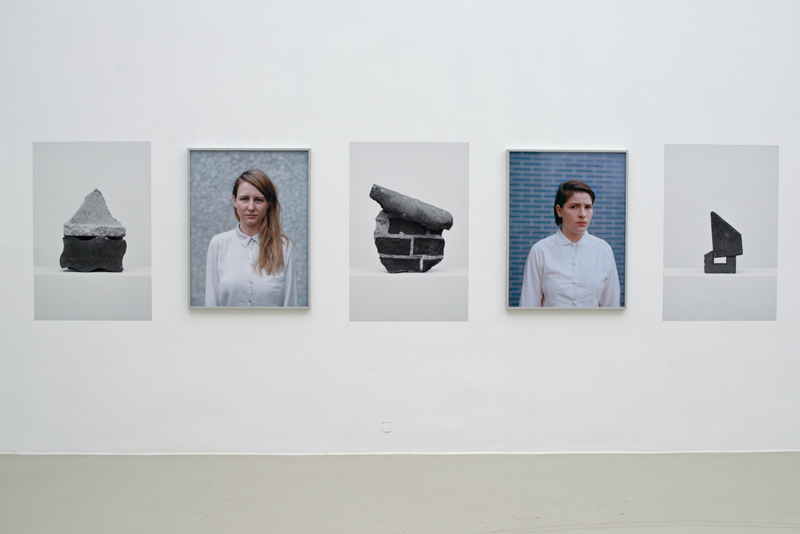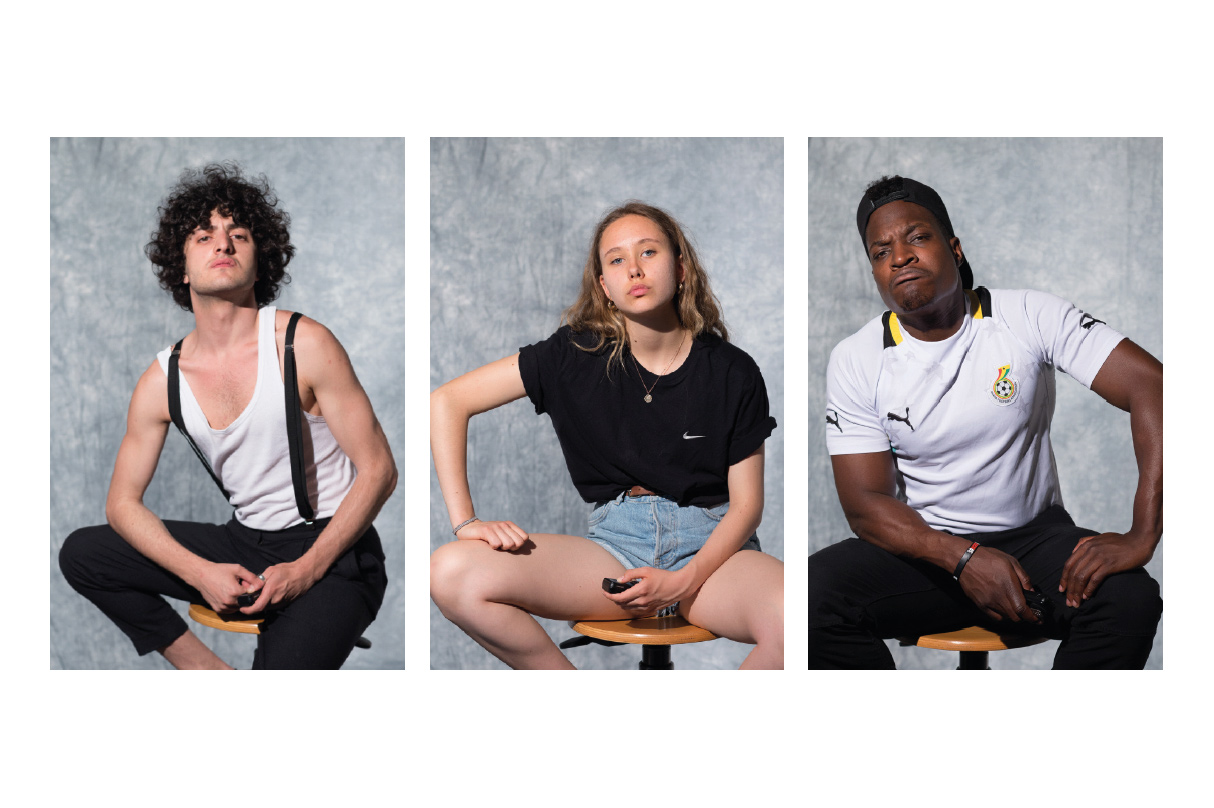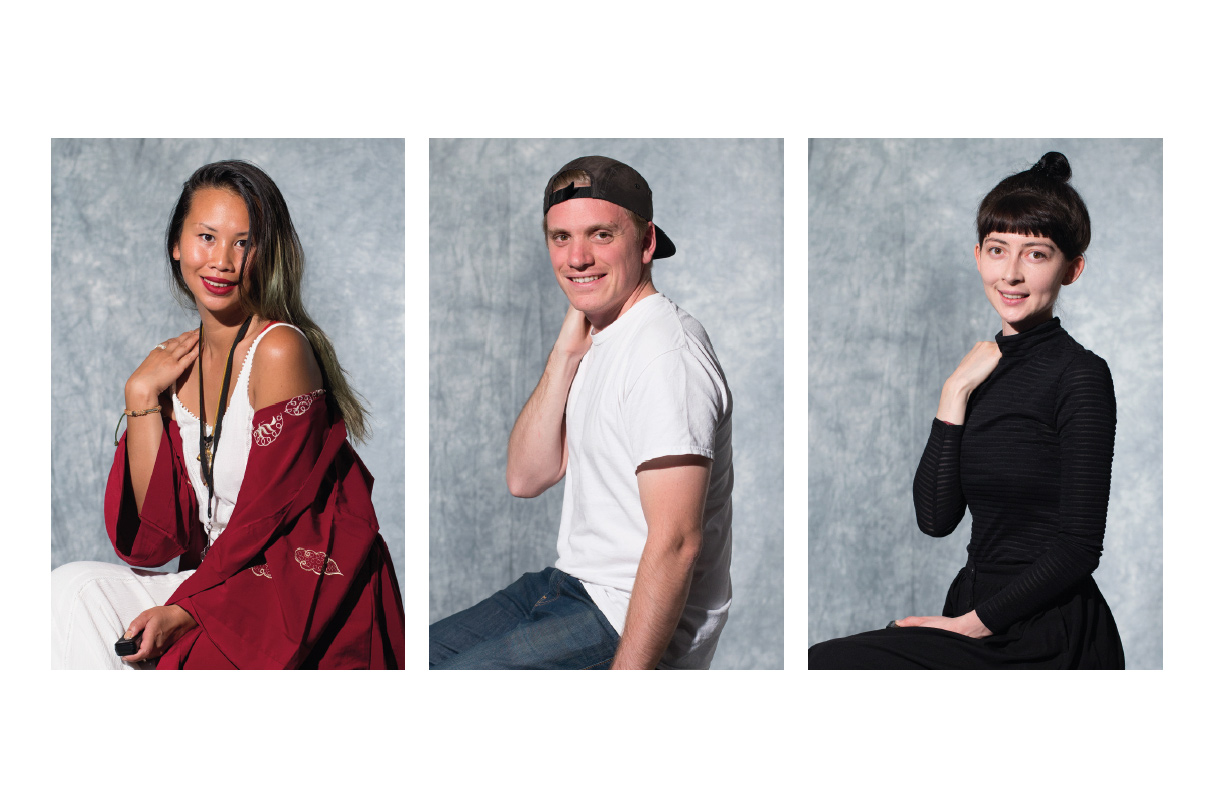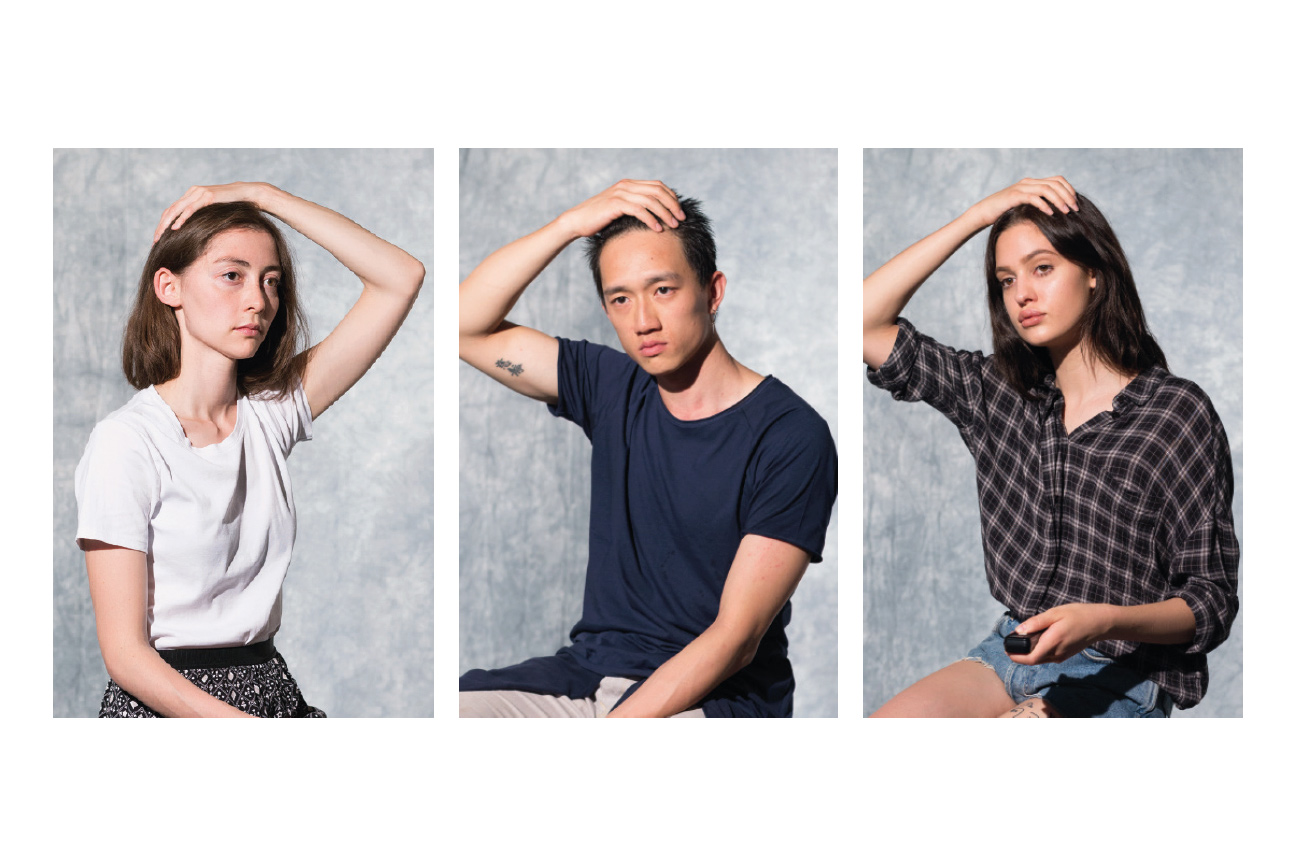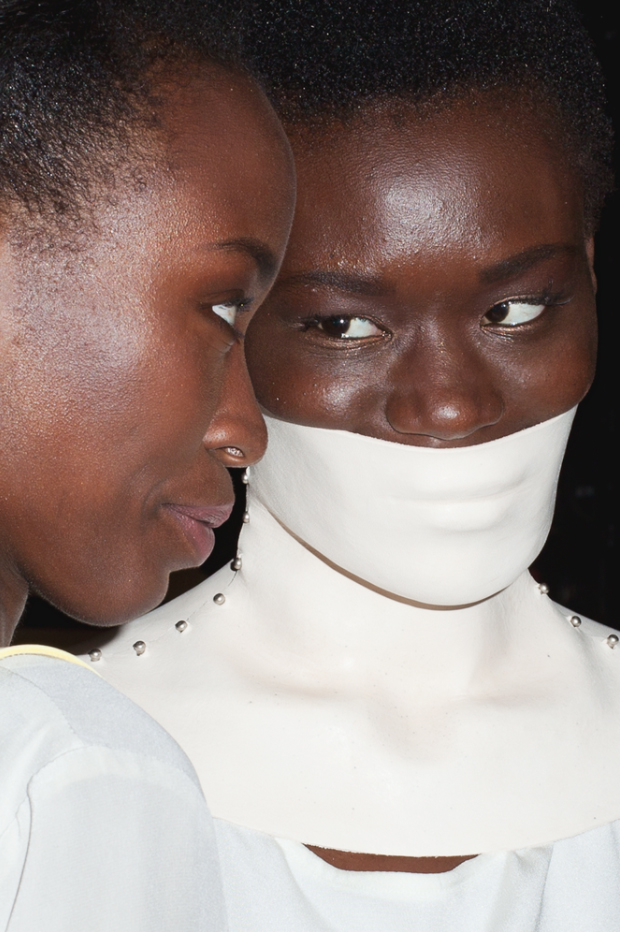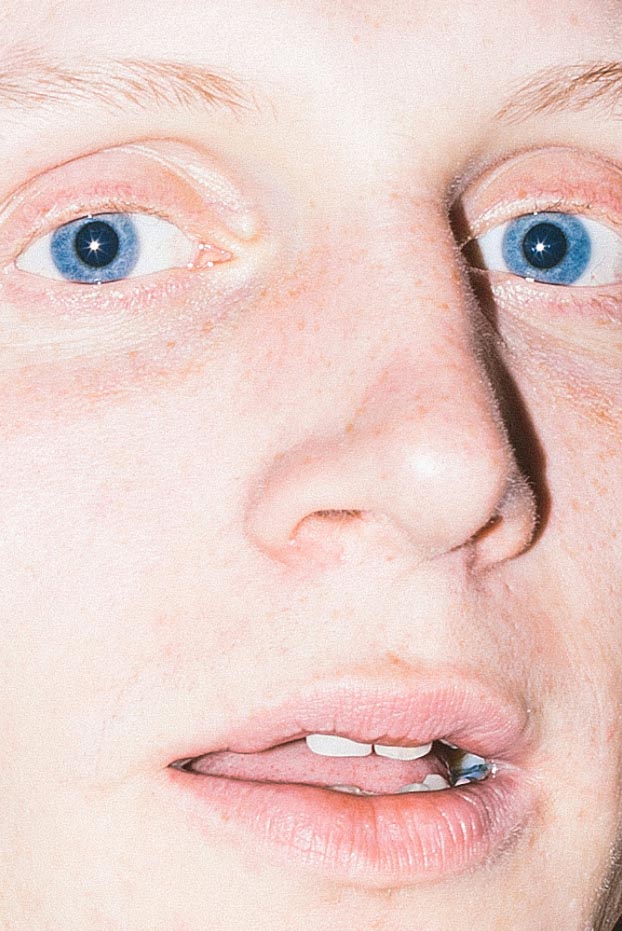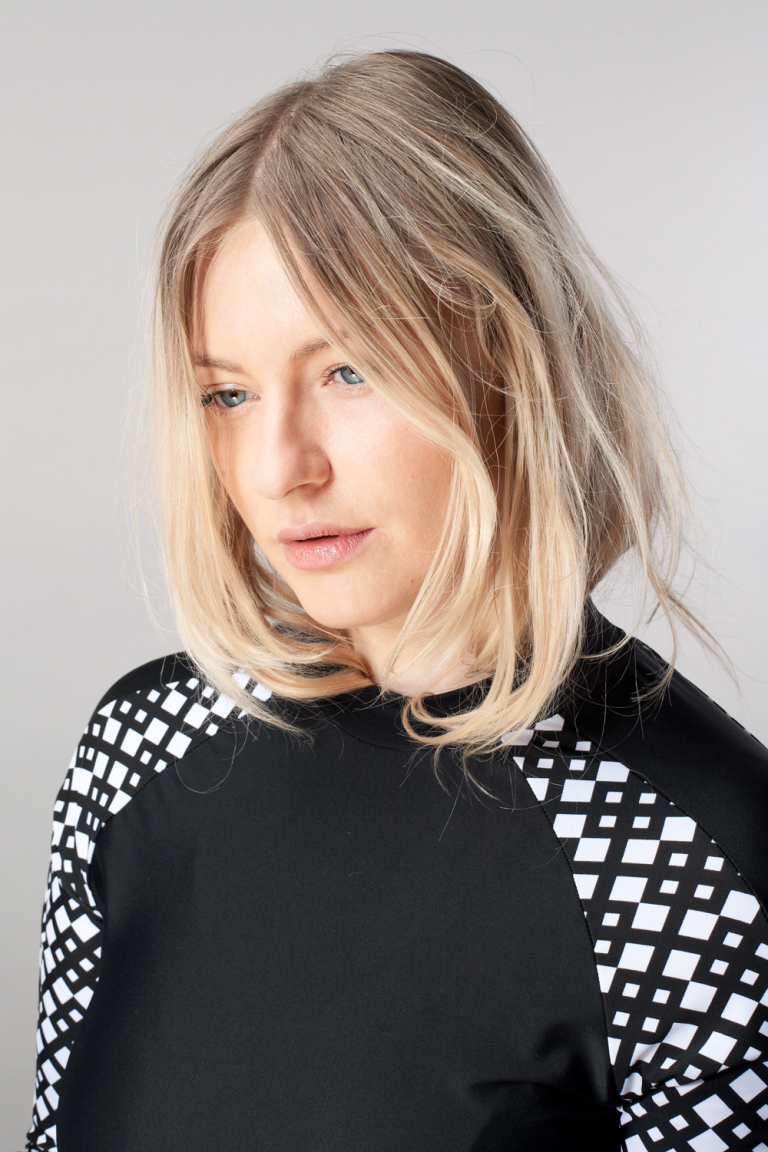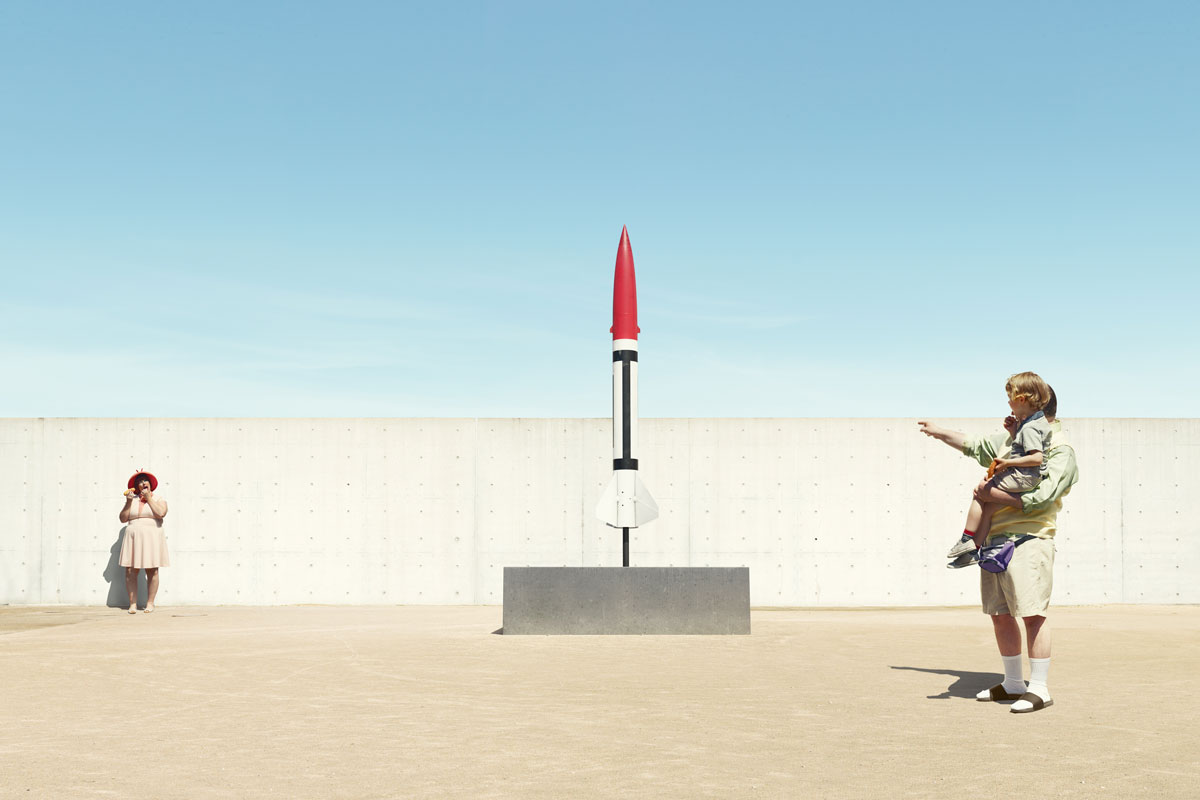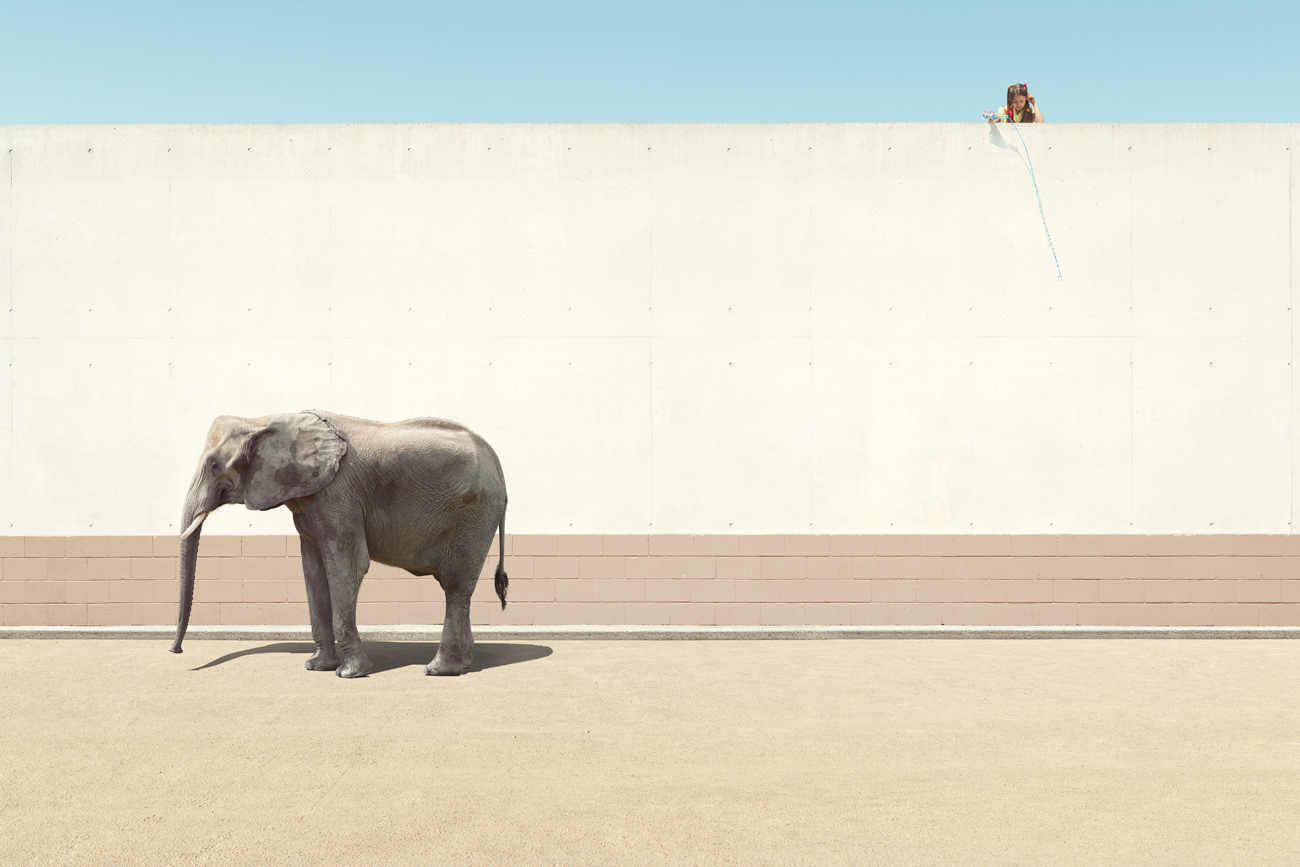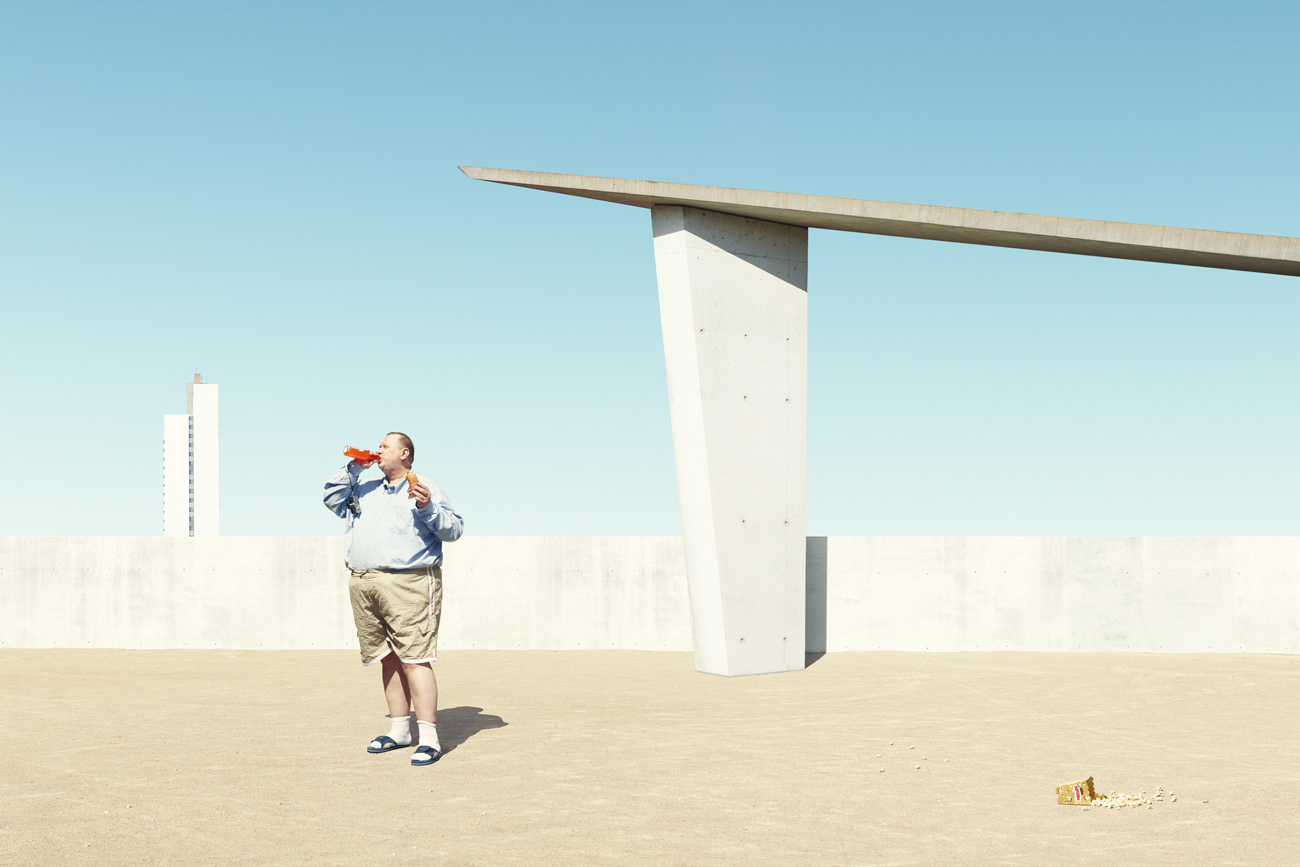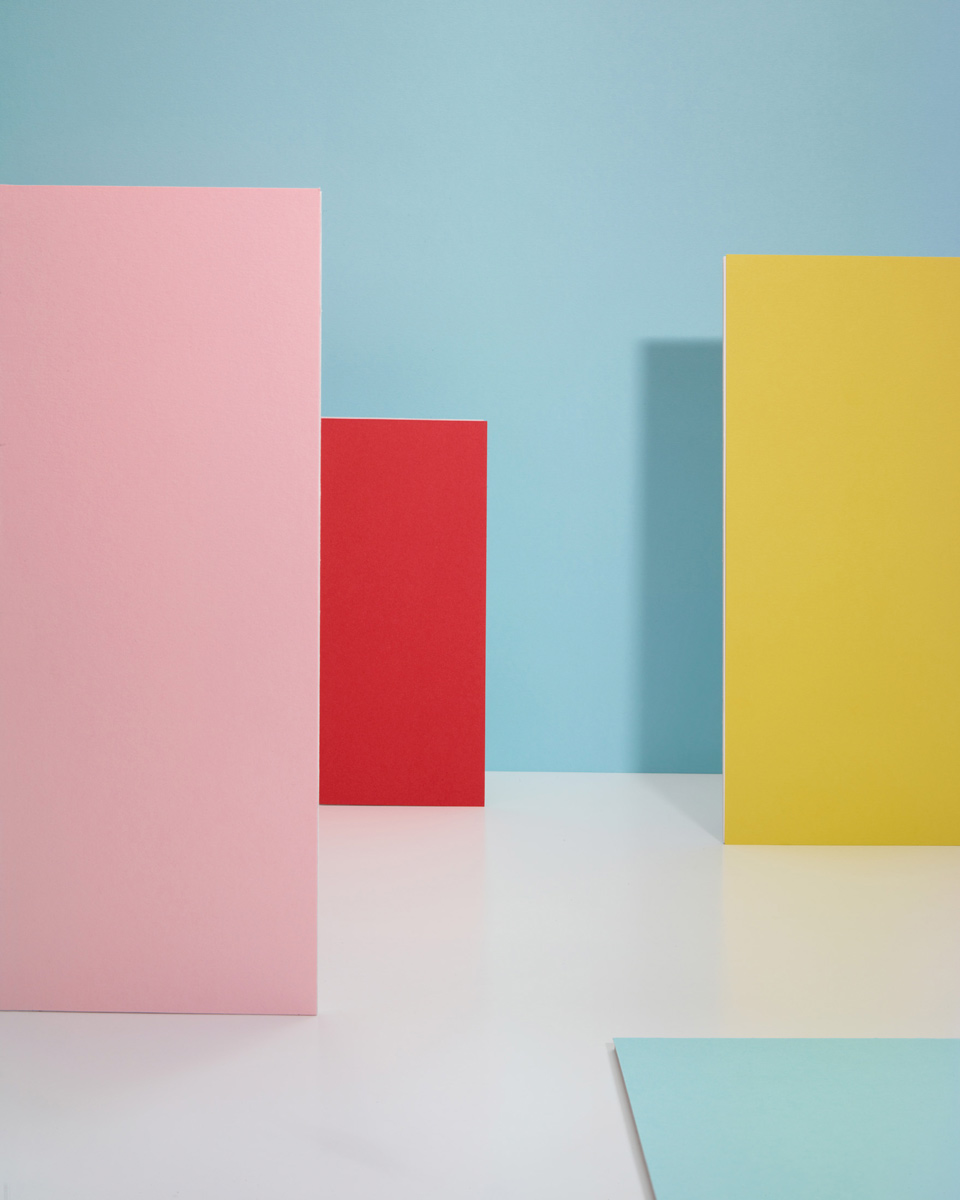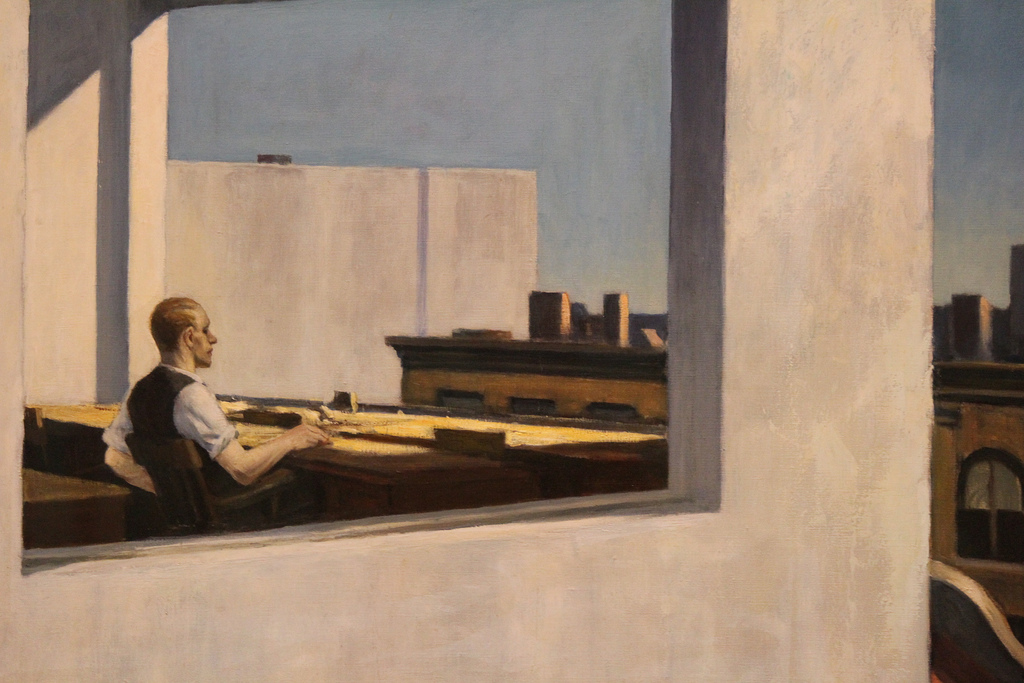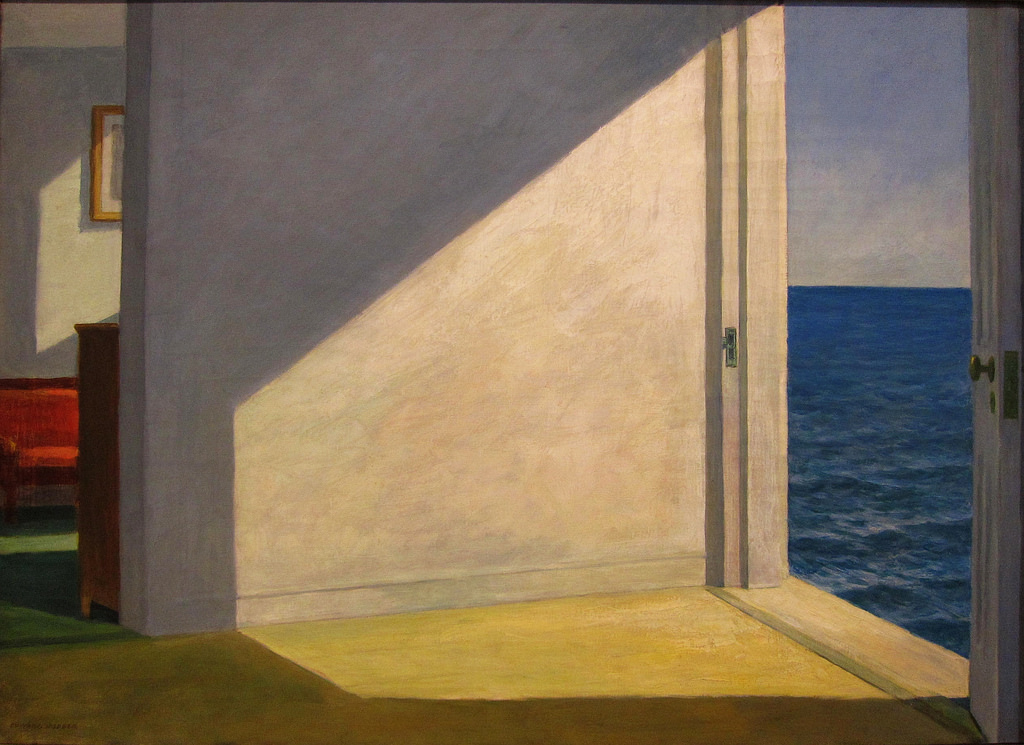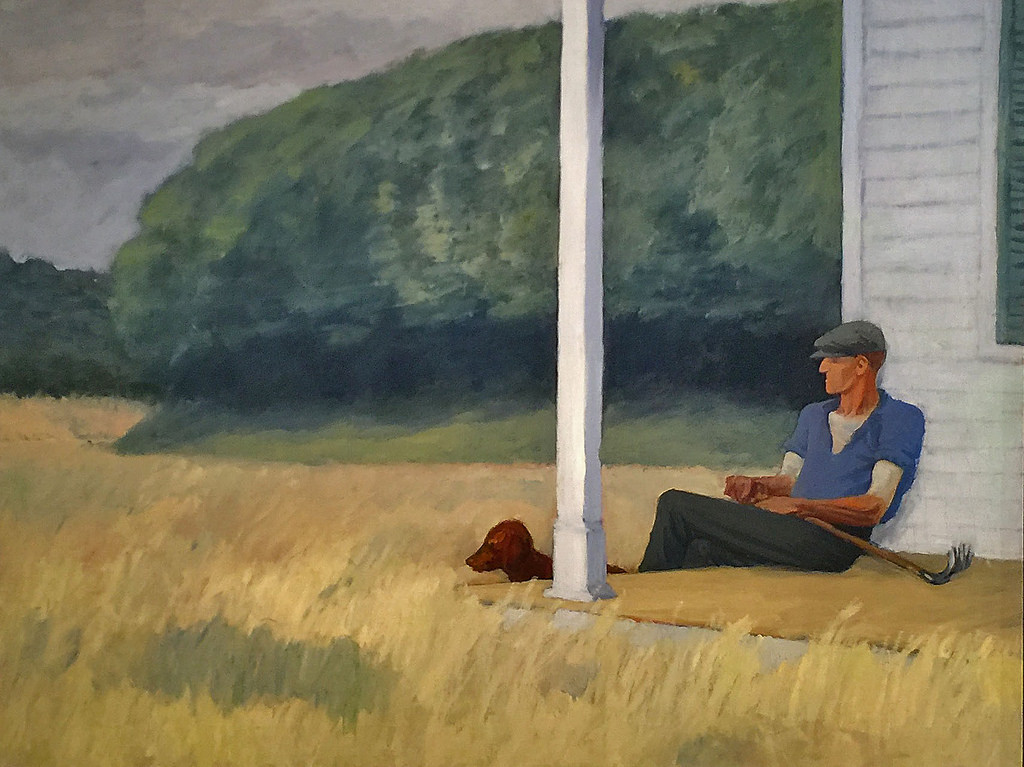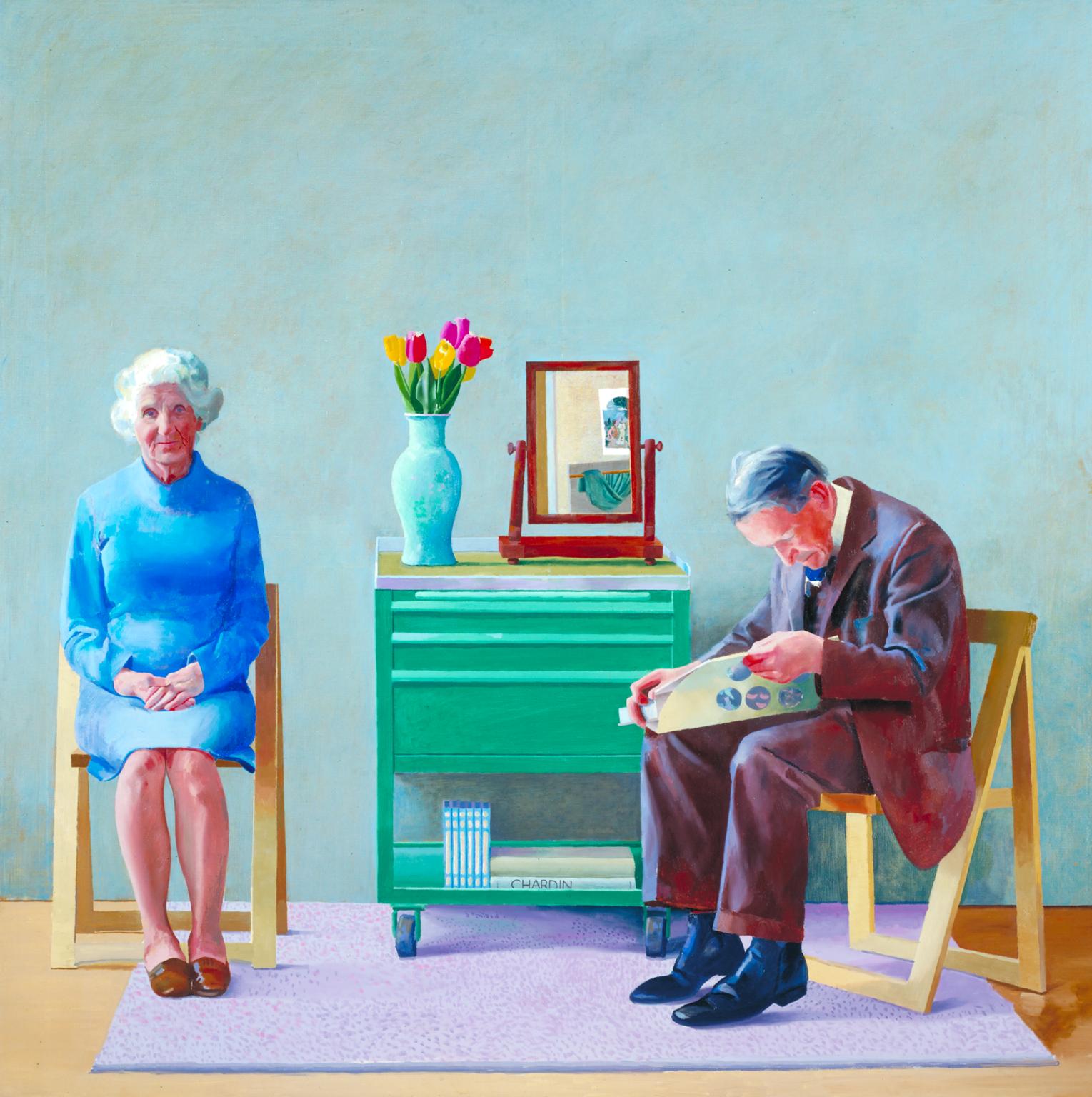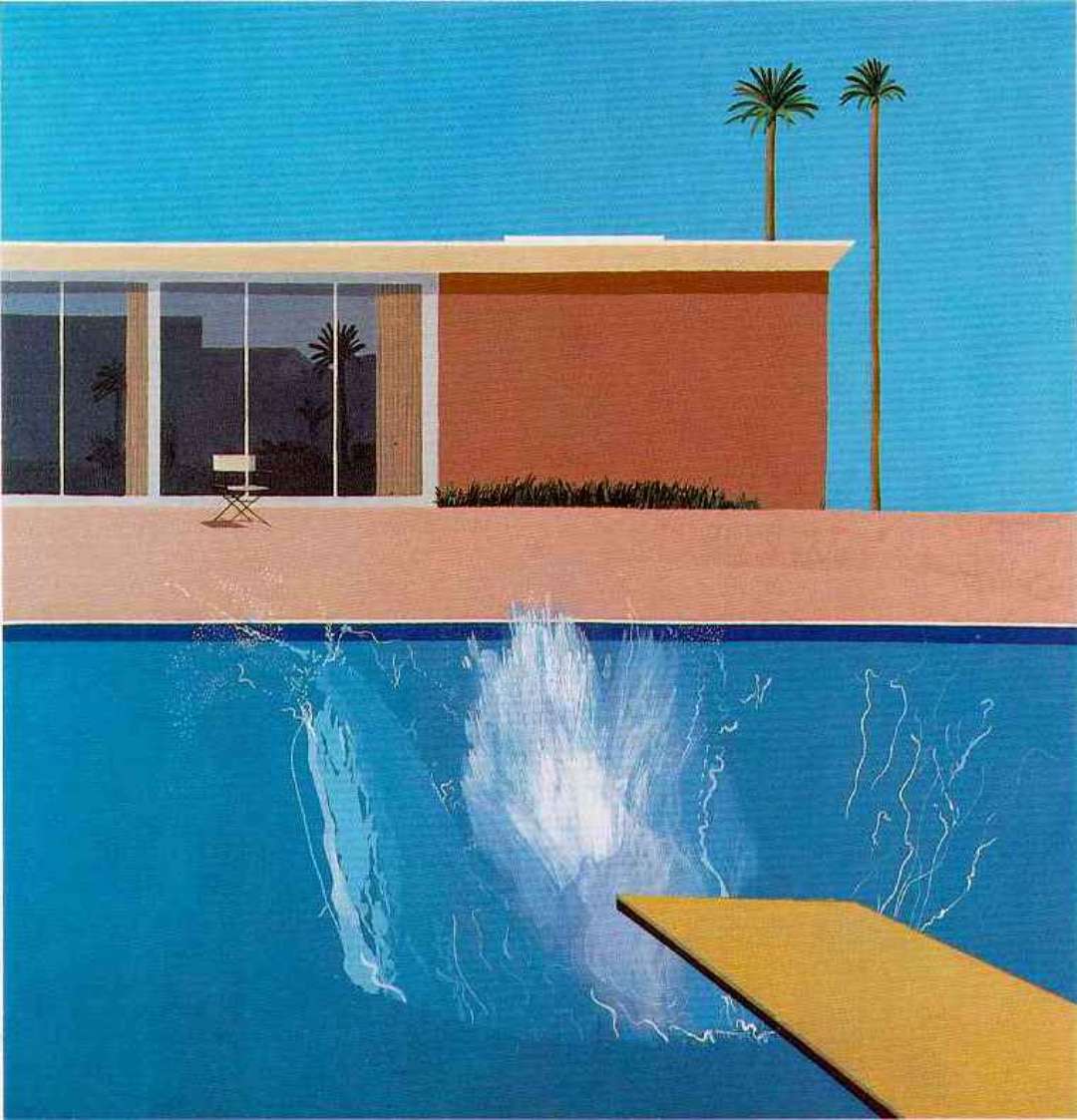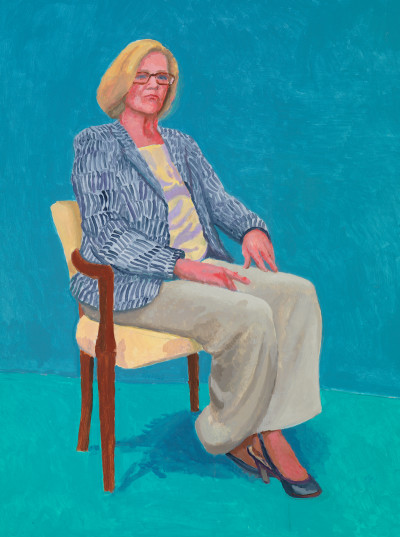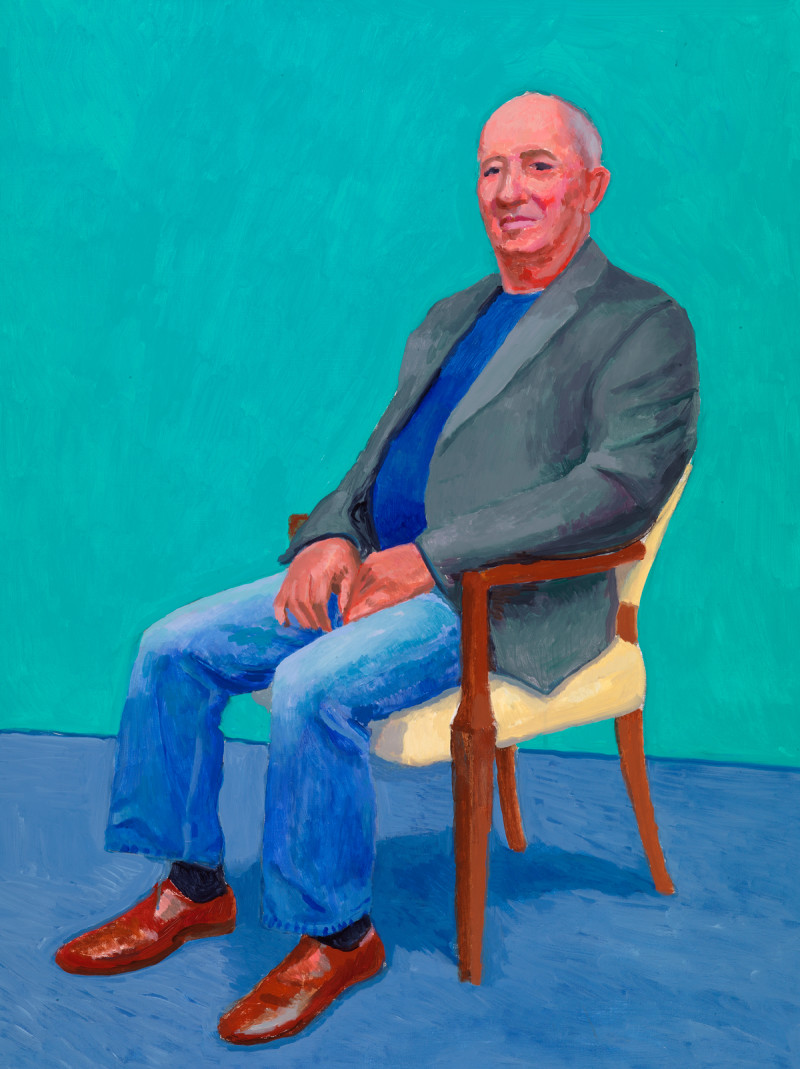Federico Clavarino
Artist Feature
Every week an artist is featured whose single image was published by Der Greif. The Feature shows the image in the original context of the series.
Jannike Stelling - Stages
Jul 27, 2017
The project called Stages, shows an artistic confrontation with Cape Town, 27 years after the separation of the races. Although the apartheid laws in South Africa have been officially abolished, the population is still suffering from poverty, inequality and crime. In the medially arranged images, South Africa often functions as a staged parallel world. For instance has the city been cleaned up for the TV broadcasts of the 2010 Soccer World Cup. The garbage has been removed from the streets, cracks in walls were stuffed and letterings improved. South Africa also serves as a backdrop for the advertising and fashion industry. Photographers and models from all over the world spend seasons at the Cape to find venues for their productions. But what reality do these staged images show?
The ambivalence in the pictures of South Africa is the subject of my work.
Through digital manipulations, I cleaned up the photographs, for example by giving houses a new coat of paint. Inspired by David Hockney´s paintings, the images are characterized by graphic surfaces, shapes and an impression of lightness which underlines the ambiguity of the content and get a subtle manner of something unreal or rather surreal. Empty scenes are shown, or sometimes as a break, someone is looking into the camera directly though always with a certain distance. The viewer becomes an isolated observer of a scenario or one that is going to happen.
Artist Blog
The blog of Der Greif is written entirely by the artists who have been invited to doing an Artist-Feature. Every week, we have a different author.
Published in:
»Der Greif #7«
»Der Greif #10«
About Daughters
Aug 01, 2017 - Jannike Stelling
I noticed Clara Bahlsen has been featured in Der Greif some years ago with another project of her already. Anyways I would like to introduce her series Töchter (Daughters) which has drawn my attention on her. The pictures deal with the question of origin and family and its individual value for biography and identity. It is about what choices we make, what we take and what we leave behind. How do we tell our story? Through the tension between understanding and knowledge, presence and absence, questions are raised that describe the topic and incorporate the viewer into the series.Clara creates two artistic positions: she photographed young women standing on the cusp of becoming a mother from a daughter herself. In comparison we see pictures of constructed house sculptures, made of stones Clara has found on the streets. The work is about revealing inner worlds and definitely worth a view. Also in the version of her self-published book.
A confrontation with selfie-culture
Jul 31, 2017 - Jannike Stelling
Nora Heinisch is a young photographer from Berlin. Her work is always about interpersonal relations. In particular, the look of the other on oneself. It deals with selfie-culture and self-expression today. We are in the state of permanent observation, of permanent becoming images. There are hardly places where we are not exposed to the eyes of others.
In her work Vorbilder Nachbilden, she places her protagonists in a room and gives them pictures of people whose gestures and facial expressions they are asked to imitate. They are posing with a self-timer in their hands and this way they are able to determine when they are satisfied with their reproduction of the given image. To begin with, the protagonists do not know that the entire shooting is filmed. So how does the behavior of the performers change when it becomes clear to them that not only the picture they are portrayed is viewed, but also their positioning in the studio?What happens when you get observed,- and when you know about it? Is your attitude changing and how? What do we do when we feel unobserved? – These are the main questions Nora pays attention to in her projects.
See more in the following link: noraheinisch.com/vorbildernachbilden/
And have a look on her webpage: noraheinisch.com
Fictional amusement parks
Jul 30, 2017 - Jannike Stelling
Away from painting and back to photography, I would like to introduce a photographer from Austria, named Clemens Ascher. He fits perfectly into my list of graphically working people. I do not know about his source of inspiration, anyhow the imagery is very impressive. Ascher`s work, both free and commercial, is also characterized by clear lines and structure. Nothing seems to be superfluous and everything minutely planned. My favorite is the free series On Pleasure Grounds, which is about “a fictional amusement park”. We are in a zoo and or an adventure park (as the title says) but everything seems exaggerated futuristic. The pictures are characterized by large areas and everything is dipped in pious pastel tones, – in contrast to the families looking at rockets, between animals. We get a feeling of beeing far in the future, but actually the scenes take place in the present. Ascher`s pictures play with the reality and maybe a critic is hidden to it.
I will be keeping my eye out for a book of Clemens’ work. Until then, it can be viewed on his homepage, here: clemensascher.com
Edward Hopper
Jul 29, 2017 - Jannike Stelling
So im going on in my newly discovered interest in painting and also had a second look at Edward Hopper. His works are often considered as an expression of loneliness and melancholy.
But the story is not primarily about the depicted people. It is more about the scenery – architecture and landscape. The works are very much reduced to representations of the essentials and from time to time Hopper let go any details until in the end only an empty room and the shadow of the sun has been left over. Empty rooms and places which opens up space for the viewers own power of imagination. If that side benefit was part a of his intention – I do not know. Maybe that minimalism in his pictures is also one of the reasons that we nowadays still like him that much – as we all get rid of things we do not need and sparseness is modern. Or maybe its just some of us.
David Hockney
Jul 28, 2017 - Jannike Stelling
Normally I do not really have a connection to painting and I can only instinctively tell whether I just like something or not. However when David Hockney presented his huge book Sumo in 2016 with works never shown before and therefore everywhere it was spoken of him – I personally rediscovered painting and payed a new attention to it. Hockney’s colorful images, which are characterized by bright colors and often graphic shapes, also inspired me in some of my photographic projects. Critics often accuse his pictures of being simply hedonistic and without a deeper background. But when you look more closely, it actually becomes clear that Hockney, under the colorful surface, tells his own story as a homosexual artist and gives comments on political events. At the end of that post, a little anecdote I have found recently, Hockney saying about the end: “From time to time people think that everything is going to end. But this is by no means the case. It just goes on and on”. (In an interview with Martin Gayford for the book “The World of Images”).


